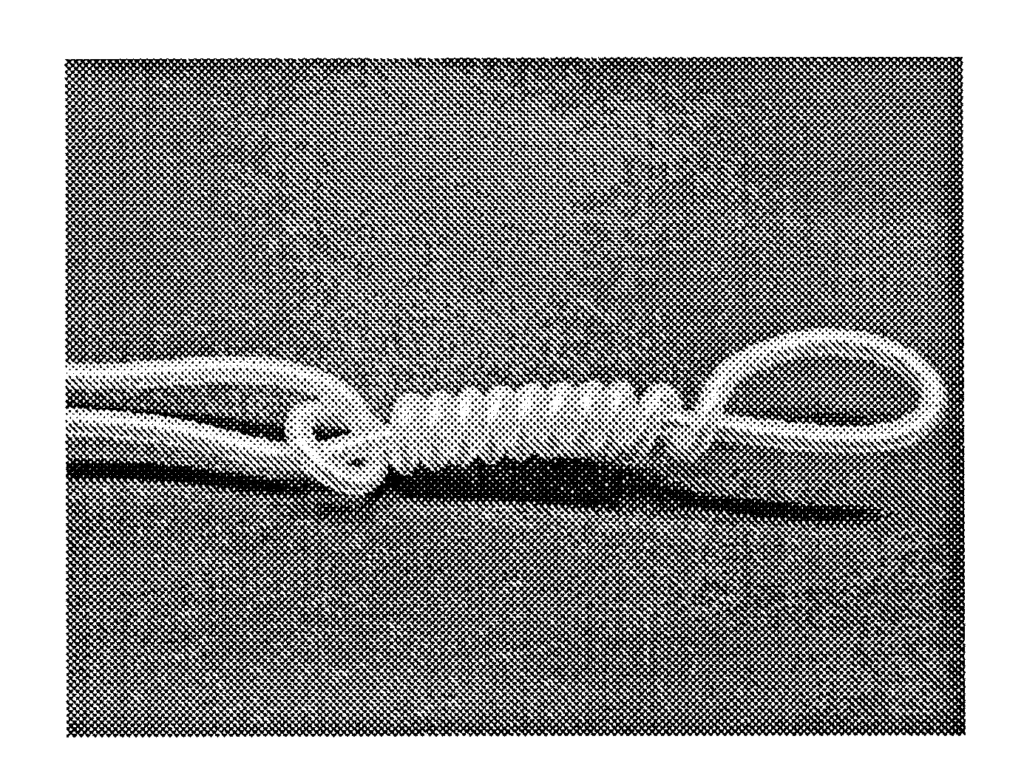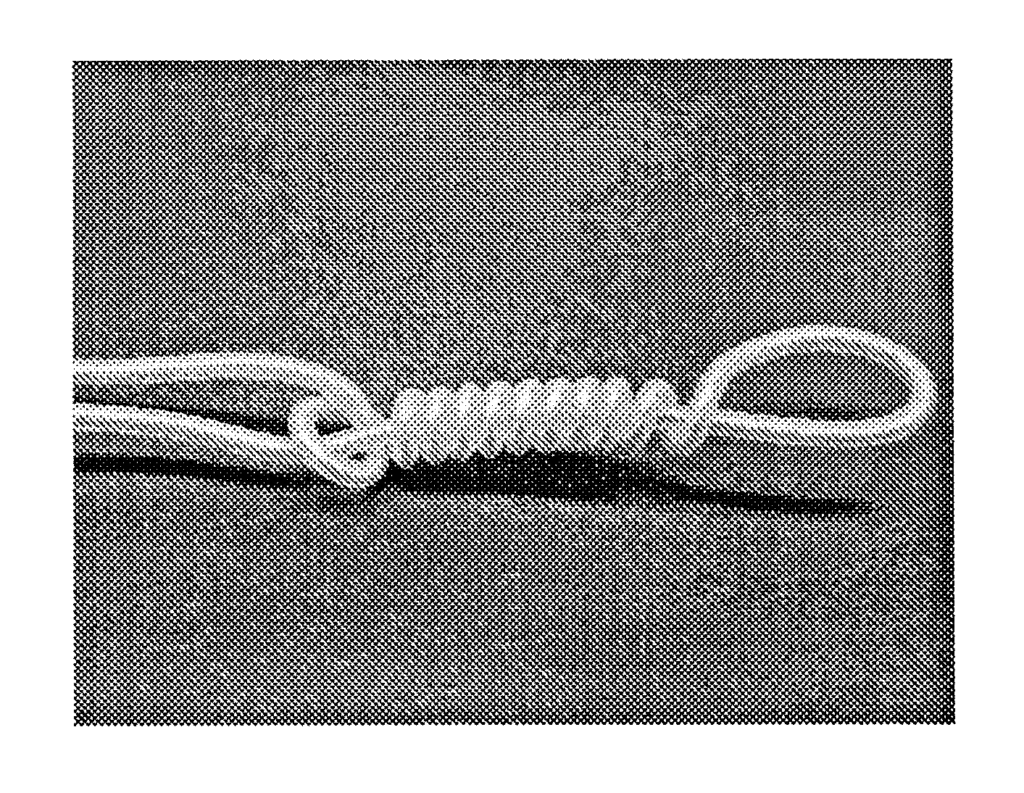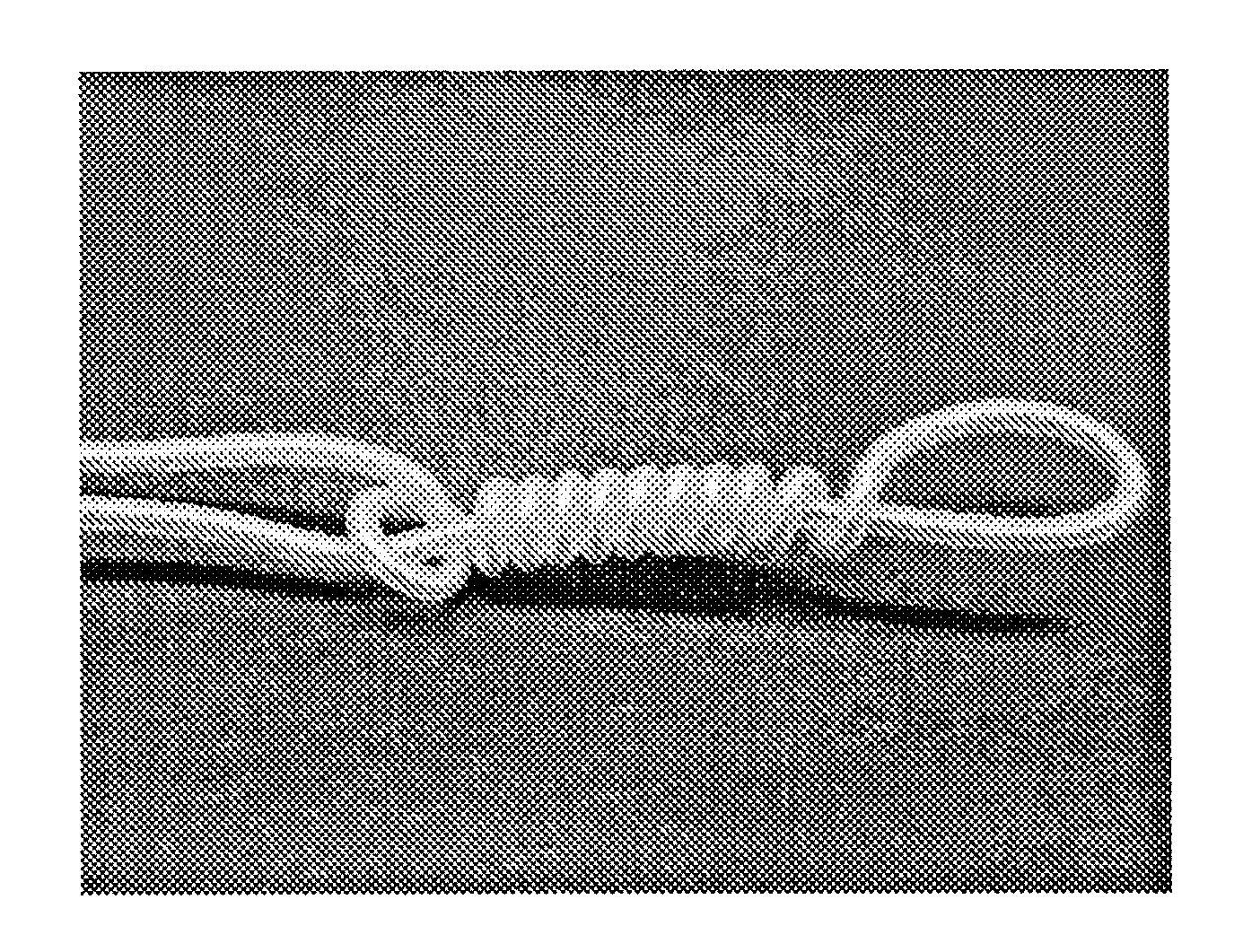Invented by Takahiro Taira, Hiroyuki Yoshimoto, Taketo Kato, Yasuhiko Sawada, Daikin Industries Ltd
Modified PTFE fine powder is a key component in many applications, such as coatings, lubricants, and sealants. It is produced by modifying the molecular structure of PTFE to improve its adhesion, wear resistance, and thermal stability. The fine powder form of modified PTFE is highly versatile and can be used in a wide range of applications, including industrial coatings, electrical insulation, and medical devices.
The market for modified PTFE fine powder is expected to grow at a CAGR of 6.5% from 2021 to 2026, driven by the increasing demand for high-performance coatings and lubricants in various industries. The automotive industry, in particular, is a major consumer of modified PTFE fine powder, as it is used in engine oil additives, transmission fluids, and brake fluids to reduce friction and wear.
Modified PTFE molded products, on the other hand, are produced by molding the modified PTFE resin into various shapes and sizes. These products are widely used in the aerospace, electronics, and medical industries, where high-performance materials are required. Modified PTFE molded products are known for their excellent chemical resistance, low friction coefficient, and high-temperature resistance, making them ideal for applications such as gaskets, seals, and bearings.
The market for modified PTFE molded products is expected to grow at a CAGR of 5.8% from 2021 to 2026, driven by the increasing demand for high-performance materials in various industries. The aerospace industry, in particular, is a major consumer of modified PTFE molded products, as they are used in aircraft engines, fuel systems, and hydraulic systems.
In conclusion, the market for modified PTFE fine powder and molded products is growing rapidly, driven by the increasing demand for high-performance materials in various industries. The automotive, aerospace, electronics, and medical industries are the major consumers of modified PTFE products, and the market is expected to continue to grow in the coming years. As the demand for high-performance materials increases, the market for modified PTFE products is expected to expand further, creating new opportunities for manufacturers and suppliers in the industry.

The Daikin Industries Ltd invention works as follows
The present invention provides a modified polytetrafluoroethylene fine powder which can be processed into molded articles high in thermal stability, chemical resistance and transparency and for which the extrusion pressure can be lowered. The present invention is a modified polytetrafluoroethylene fine powder, wherein the cylinder extrusion pressure at a reduction ratio of 1600 is not higher than 50 MPa and the haze value of molded article a for measurement formed therefrom is not higher than 60.

Background for Modified polytetrafluoroethylene fine powder and modified polytetrafluoroethylene molded product
Polytetrafluoroethylene (PTFE) has excellent chemical resistance, weather resistance and mechanical strength, among others, and, therefore, is utilized in the form of molded articles in various fields.
As a method for molding PTFE it is possible to mention, for instance, the technique called extrusion, which involves paste extrusion of a fine PTFE powder.
The PTFE fine-powder to be used for paste extrusion should be one that is excellent at extrudability. For example, one with a high ratio between the cylinder’s cross-sectional surface and the die opening’s cross-sectional surface (i.e. The reduction ratio (RR) of the extruder during paste extrusion should be high.
For PTFE fine particles improved in paste extrudability there have been suggested, for example, particulate resins each of which have a particle shell that results from copolymerization with a specific modifier and can be extruded using a RR 1600 (cf. e.g. Patent Document 1: Japanese Patent Publication (Kokoku) S37-4643), and a modified tetrafluoroethylene polymer with a particle shell and an outermost particle shell respectively modified with chlorotrifluoroethylene [CTFE] at different levels of modification (cf. e.g. “Patent Document 2: Japanese Kokai Publication S51-36291 (Lay-open).
However, this particulate TFE has still problems. The extrusion is high, and thermal stability is not satisfactory. And the modified tetrafluoroethylene has the same problem, in that it has a high extrusion.
For PTFE fine particles improved in paste extrudability there have been also proposed, such as one particle each of which has a core particle comprising Fluoroalkyl Vinyl Ether-modified and a shell particle comprising CTFE modified PTFE, and which can extruded with a RR 2000 (cf. e.g. Patent Document 3: Japanese Kokai publication S63-56532), one of each of which particle has a core consisting of modified PTFE that is a result of copolymerization of a fluoroalkylethylene at a weight ratio of less than 0.5% relative to the particle, and can be extruded with a RR 2000 (cf. e.g. Patent Documents 4 and 5 (Japanese Kokai publication S60-42446, and Japanese Kokai publication H05-186532) are examples. These PTFE powders are not satisfactory from the point of view of thermal stability or extrusion pressure.
Further a PTFE powder with improved paste extrudability has been proposed. It is made by copolymerizing a perfluoroalkyl Vinyl Ether (PVE) of a certain structure and TFE, and then, after the polymerization of TFE, adding a chain transfer agent to the reaction system. e.g. Patent Document 6: WO 00/02935). This PTFE powder is not satisfactory from an extrusion pressure point of view.
In some instances, PTFE powders are processed into tubes that have excellent transparency in accordance with the respective uses. In some documents of prior art, the transparency of the molded products obtained from PTFE powders is mentioned (cf. e.g. “Patent Document 3), but no specific data is described in any document.
DISCLOSURE of INVENTION
Problems that the invention is intended to solve
In view of the above-discussed state of the art, it is an object of the present invention to provide a modified polytetrafluoroethylene fine powder which can be processed into molded articles high in thermal stability, chemical resistance and transparency and for which the extrusion pressure can be lowered.
Means to Solve the Problems
The present invention is a modified polytetrafluoroethylene fine powder, wherein the cylinder extrusion pressure at a reduction ratio of 1600 is not higher than 50 MPa and the haze value of molded article a for measurement formed therefrom is not higher than 60 (hereinafter sometimes referred to as ?modified PTFE fine powder (A)?).
The present invention is a modified polytetrafluoroethylene fine powder constituting a particle core and a particle shell, wherein the particle core comprises a modified polytetrafluoroethylene (i) resulting from copolymerization with at least one species selected from the group consisting of a fluoro(alkyl vinyl ether) represented by the general formula (I):\nF2C?CFO(CF2)n1X1?? “The present invention is a modified polytetrafluoroethylene fine powder constituting a particle core and a particle shell, wherein the particle core comprises i) resulting from copolymerization with at least one species selected from the group consisting of nF2C?CFO(CF2)n1X1??
(where X2 is the same or different, and each represents hydrogen or fluorine and Y is?CR1R2?” in which R1 and R2 are the same or different and each represents fluorine atom, an alkyl group containing 1 to 6 carbon atoms or a fluoroalkyl group containing 1 to 6 carbon atoms) and a fluoroolefin represented by the general formula (III):\nCX4X5?CX6(CF2)n2F?? (III)\n(wherein X4, X5 and X6 each represents hydrogen atom or fluorine atom provided that at least one of them represents fluorine atom; and n2 represents an integer of 1 to 5) and the particle shell comprises a modified polytetrafluoroethylene (ii), and the modified polytetrafluoroethylene fine powder has the cylinder extrusion pressure at a reduction ratio of 1600 of not higher than 50 MPa (hereinafter sometimes referred to as ?modified PTFE fine powder (B)?).
The present invention is a modified polytetrafluoroethylene molded article obtained by molding/processing a modified polytetrafluoroethylene fine powder, wherein the modified polytetrafluoroethylene fine powder is modified PTFE fine powder (A) or modified PTFE fine powder (B).
The following is a detailed description of the invention.
The term “modified PTFE powder” is used here. As used in this document without adding (A), or (B), it means conceptually that the term “modified PTFE powder” can include both the PTFE powders (A) above and the PTFE powders (B) above without any distinction.
The modified PTFE powder, according to the invention, is a fine PTFE powder. The modified PTFE powder can be produced by emulsion-polymerization, as will be described in the following paragraphs.
For the modified PTFE powder (A), the cylinder pressure at a ratio of reduction [RR] of 1600 is not greater than 50 MPa.
The pressure of the cylinder extrusion at RR=1600 should not be higher than 45MPa. It is even better if it’s not higher than 40MPa. If the pressure is between 25 and 45 MPa, there will be no industrial problems as long as it falls within this range.
Click here to view the patent on Google Patents.

Leave a Reply